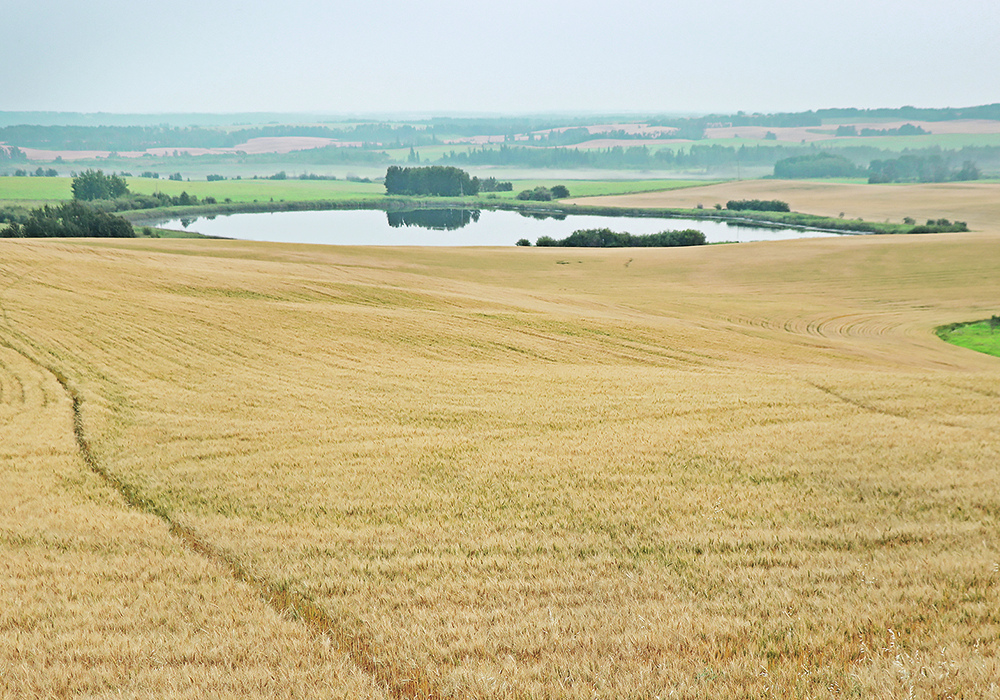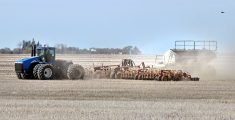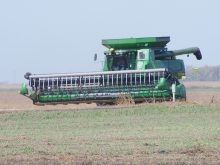Environmental Change One Health Observatory encompasses plant, human, and animal health near agro ecosystems
Agriculture Canada has shared details of a project meant to examine the effects of agricultural landscape features on ecological health.
The project, called Environmental Change One Health Observatory, or ECO2, encompasses plant, human, and animal health. It will examine how environmental factors affect the farmer’s bottom line.
ECO2 results have already shown the importance of ecosystems near farmland, which may be helpful in sequestering carbon and purifying water. They also show that natural features around farms can act as biodiversity hotspots.
The data collected is used in decision-making tools to predict how changes to landscape features may affect greenhouse gas emissions.
Read Also

Volatile temperatures expected for this winter
DTN is forecasting a lot of temperature variability in the Canadian Prairies this winter. Precipitation should be close to average.
Ag Canada research scientist David Lapen said in a news release that this cross-departmental research could be essential to carbon sequestration efforts.
“Prediction is a cornerstone of mitigation,” Lapen said. “These predictive tools can also be applied to improve our ability to estimate carbon sequestration across the country and produce data to benefit sectors beyond agriculture, including forestry, energy and the environment.”
In an interview, Lapen said the project would examine the value of different ecosystem features.
“What we were looking at in this particular project is… what are some of the benefits, trade-offs and, you know, value of say natural features, natural capital in agro ecosystems? What do they do for us in meeting carbon targets? What do they do for us in meeting biodiversity targets? What do they do for us in terms of supporting and regulating human health endpoints?
“This is kind of really what the One Health Project pivots on. It pivots on the on natural capital or natural features and agro ecosystems and how they can benefit everybody.”
Lapen said the benefits could extend beyond the health of just the land.
“You drive along in an agricultural landscape… they resonate some sort of combination of natural features and agricultural land and it provides an aesthetic that is useful for tourism, useful for the mental well-being of the people and so on.
“Those things are more difficult to quantify,” he said, “but they are important.”
Lapen said the project does not ask farmers to restrict how they approach their land.
“We are not asking the farmers … ‘OK, you can only apply X amount of N, you can only apply X amount of P, you can only apply X amount of pesticides.’ That’s somebody else’s domain,” he said. “Do whatever you can on your land but respect the margins for what they can provide you and the environment and public health.”
He said feedback from producers has been positive.
“We have dozens and dozens of sites in eastern Ontario and many and other locations in the country, where producers are actively involved in providing us access to their lands.
“They’re interested in knowing about pollination potential. They’re interested in knowing about biocontrol potential.”
He added producers are aware of the challenges facing them and the environment.
“We haven’t met a farmer yet that doesn’t respect nature. We have not met a farmer that doesn’t understand the issues of climate change.”
















